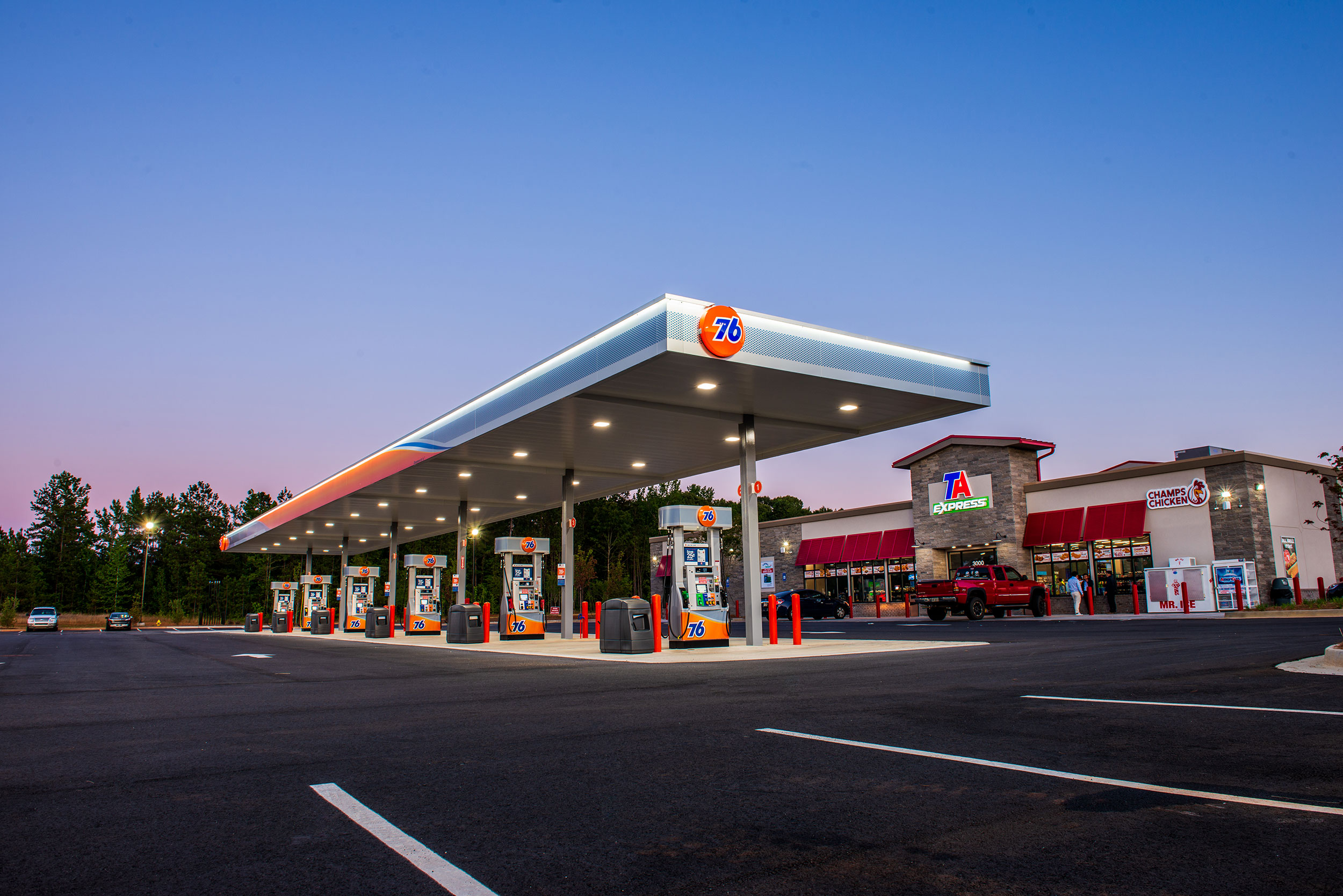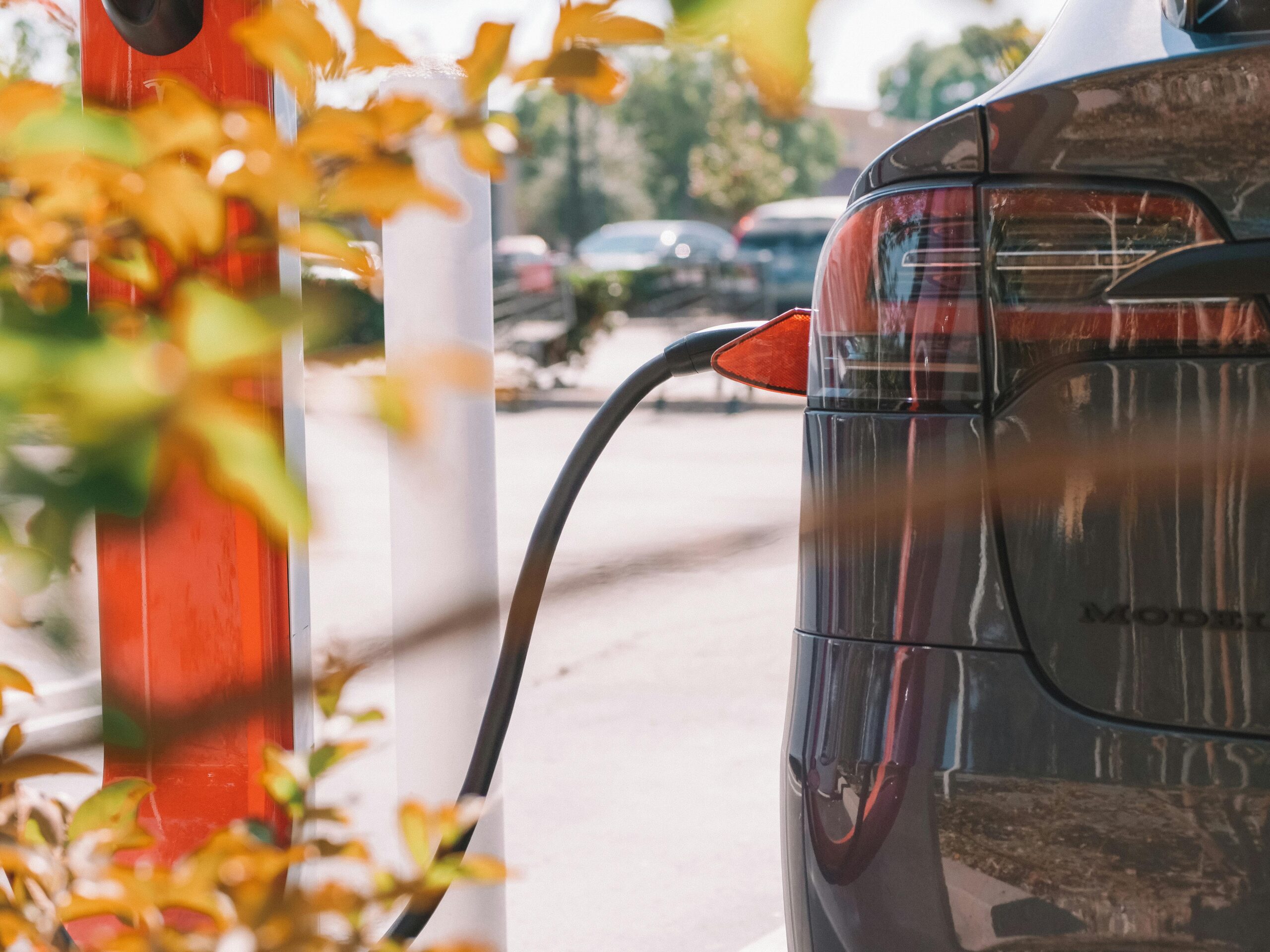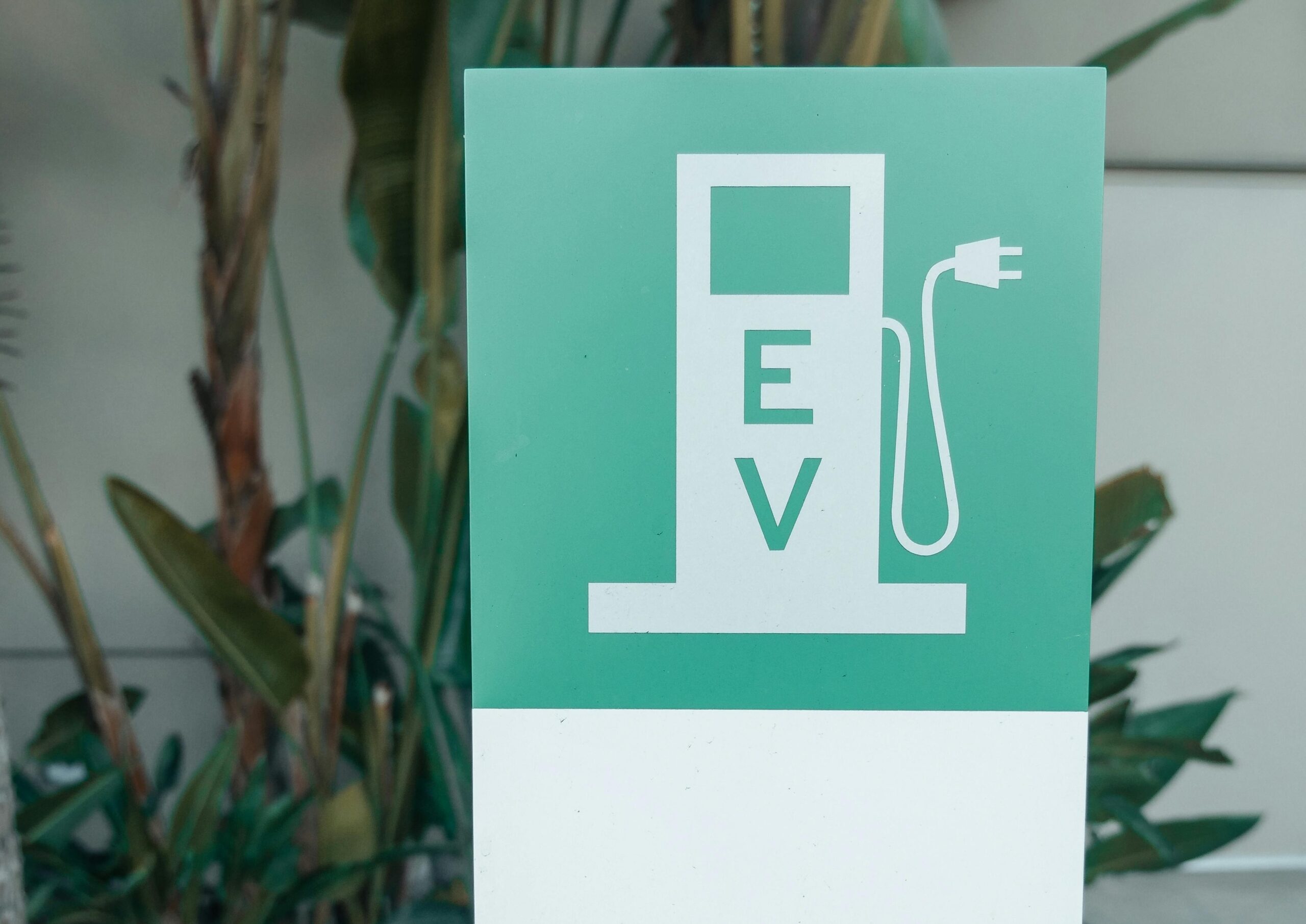
Fueling vs. Electric Charging Stations: Striking the Balance Where Function Meets the Future
Gas station sales remain a 600 billion dollar industry in the U.S. Public electric vehicle (EV) charging station revenues are a fraction of that at $31 million, but rising steadily. Striking the balance where function meets the future means closely examining fueling versus electric charging stations when planning your next project in the transportation sector.

Changing Times
There are over 145,000 fueling stations in the U.S. That number has been declining due to slim profit margins, environmental regulations and competition. The number of public EV charging stations, on the other hand, has been on the rise. The number of EV charging stations hit nearly 70,000 in 2023, although with an average of only 3 chargers per site. EV adoption has been increasing, if not quite steady, over the past decade. Still, there are well over 2 million registered EVs on the road that need to be charged.
Consistent Opportunity
Car ownership in the U.S. is ubiquitous, and both fueling and charging stations can be profitable ventures. An important distinction between fueling and charging is the amount of time that a consumer will spend filling up. A gas fill may only take 5 minutes, while an 80% charge for an electric car may take 30 or more. This necessitates more charge ports per location. It also means that charging customers are more likely to spend time and money in a convenience store, though. With attached convenience stores generating well over half of gas station profits, the attraction of consumers spending more time is clear.
Location Matters
As with virtually any real estate project, location is key. It’s a major contributing factor in the fueling and charging station decision making process. It may seem intuitive that these two types of businesses would require the same types of locations. Closer analysis reveals a more complicated equation.
There is a major difference in where internal combustion and electric vehicle owners are most likely to fill up or charge up. Gas or diesel vehicle owners simply will not have the ability to fill the tank at home, so a gas station near residential areas makes a lot of sense. People are likely to utilize fueling stations close to home, work or shopping on a regular basis.
The Home Charging Variable
Electric vehicles, on the other hand, are most often charged at home. Even when plugged into a standard 110 volt outlet, the typical EV will gain enough charge to provide the 42 miles that the average U.S. driver travels each day. Increasing EV range capabilities make it simple to do most charging at home. The convenience and lower cost of home charging mean that EV drivers often only use public charging stations on longer trips or busy driving days.
City, apartment and multi-family home residents are notable exceptions. Even though a 110V outlet provides sufficient daily charge for most drivers, one still has to be located close enough to where the car is parked. In general, this means a garage or private driveway, which the typical apartment doesn’t include. To date, the average EV buyer has been more affluent and more likely to own their own home. As EV prices come down, we can expect some shift in those demographics and installing charging stations near apartment complexes may become more attractive.
Charging Offers Opportunities
Fueling station development means building a gas station, period. Options for EV charging are more varied. Apartment buildings can offer added value by installing chargers for tenants. Studies show that retailers and restaurants can increase the amount of time and money consumers spend by adding chargers. Office parks can attract and retain better tenants by offering EV charge ports. There is a lot of opportunity for property owners in a variety of sectors.
Factors in Developing Fueling vs. Electric Charging Stations

So what does all this mean in terms of evaluation locations for fueling versus electric charging stations? The calculus is a bit simpler for fueling. Sufficient traffic flow and limited competition are important factors. Perhaps even more important is whether fueling development is even possible under local zoning laws. We’ve all been in residential or commercial areas where there are no gas stations for a mile or more. There is a reason for that. Fueling stations are simply not allowed in many areas due to the hazardous material risks they present.
EV stations can be built just about anywhere, though. Proximity to a sufficient connection to the electrical grid is perhaps the single factor that determines whether a site is a feasible location or not. Upgrades to the electrical grid, solar power battery storage are possible solutions, but add significant initial cost. Determining whether the local grid can accommodate the expected demand must be done early and thoroughly.
Rural areas on relatively well-traveled arteries are often prime locations for both fueling and charging station construction. Both are typically needed to provide refueling/recharging to make travel between major cities possible and convenient. Existing EV charging infrastructure is quite limited in some of these areas, making new builds an attractive investment opportunity. Limited grid power availability makes fueling a far simpler project in many rural areas, however.
Construction Considerations
Fueling station development obviously requires a lot of earth moving to accommodate underground storage tanks. Charging stations also require quite a bit of trenching for high voltage cabling. Both will require experienced construction crews to build out the necessary infrastructure. Expert civil engineering can help to make sure everything is properly planned, documented and ready for inspection.
Striking the Balance
When it comes to the development decision between fueling versus electric charging stations, it doesn’t necessarily need to be an either/or proposition. Many gas stations, whether existing or new construction, are adding EV charging to their offerings. That $600 billion in gas station revenues we mentioned earlier is actually an 11% decline from 2022, so diversification makes economic sense. Adding greener technology to the portfolio does, too.
Major players in the sector have already figured this out. Installing EV chargers at gas stations and developing new charging stations both take advantage of the existing infrastructure and financial resources of oil and gas companies. Shell has announced plans to install 50,000 EV charging stations worldwide by 2025 and BP is planning to have 70,000 by 2030. Wawa and Sheetz have been installing Tesla, CCS and CHAdeMO chargers at select locations for years. Hedging bets against future consumer needs and addressing increasing social and environmental concerns makes sense.
Experts Are Available to Help
Striking the balance where function meets the future means closely examining fueling versus electric charging stations. Regardless of what you’re planning to build, both fueling and electric charging stations are complex projects. Finding the right location, making sure it can accommodate the project, getting approval, planning the project and successfully completing construction are all tasks that will require expert help. An experienced civil engineering partner can offer valuable input on all of them and can handle a lot of the heavy lifting. Please get in touch for more information on how we can help you complete your fueling or charging station project.





